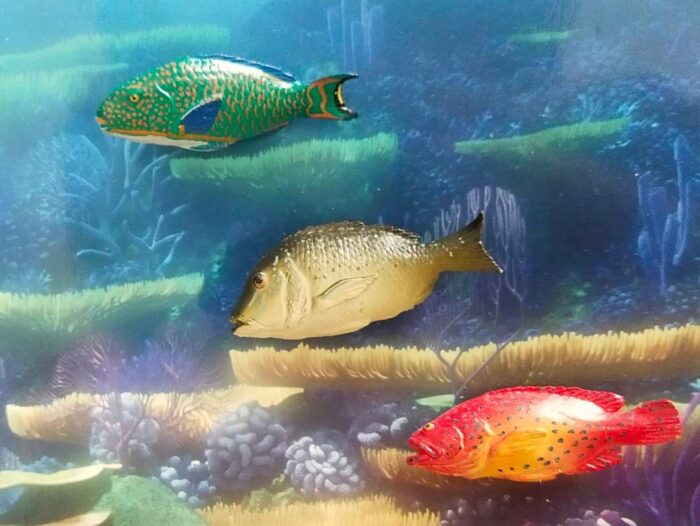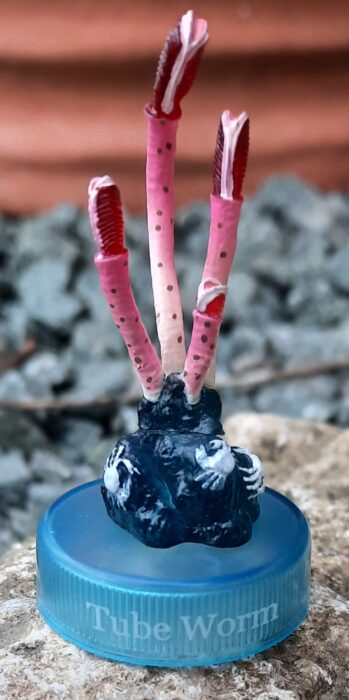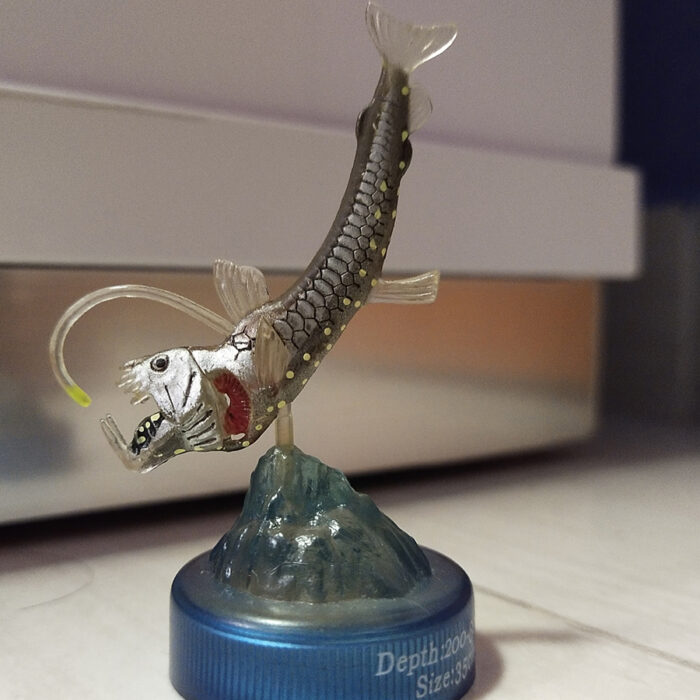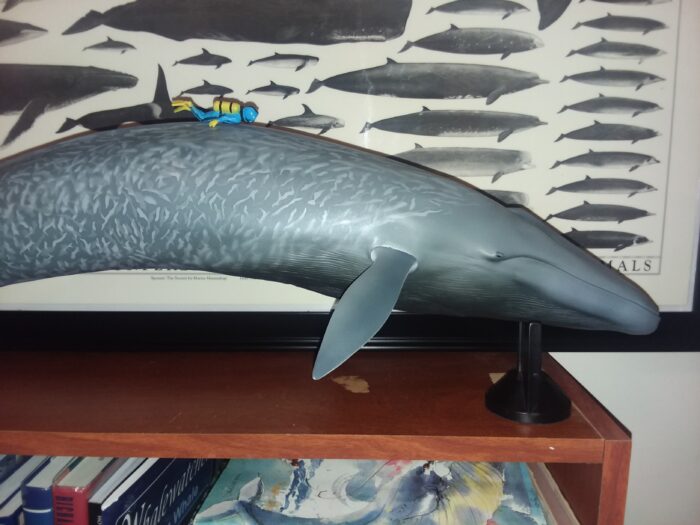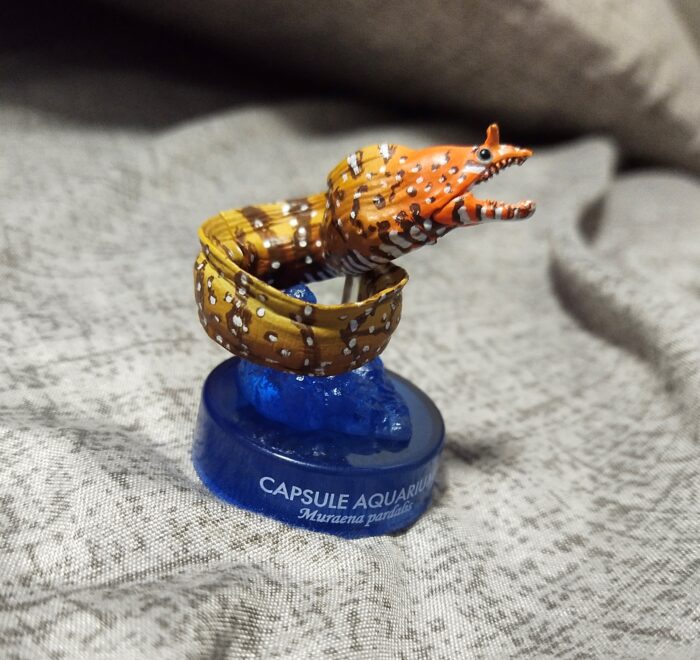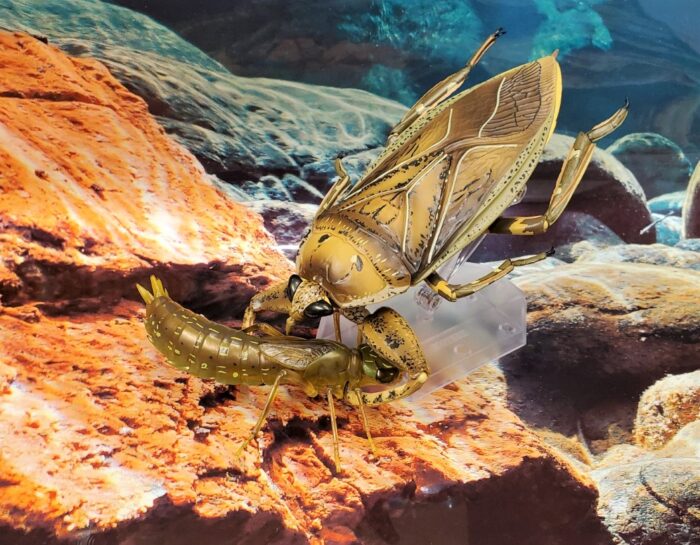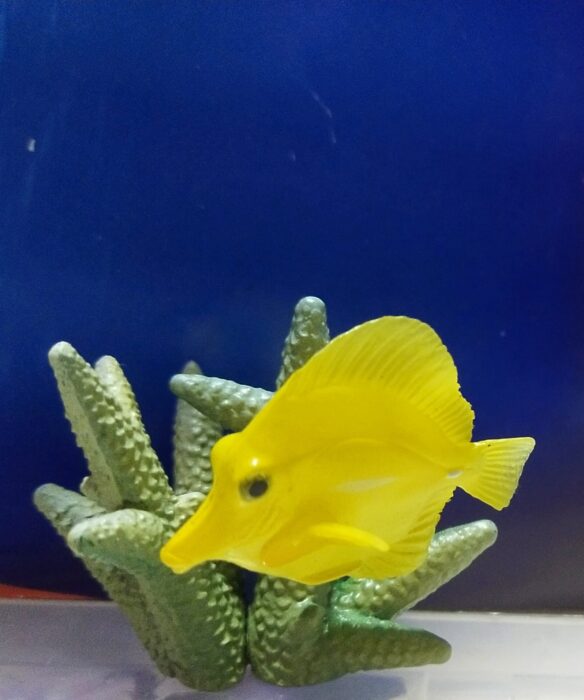Review and images by JimoAi; edited by bmathison1972
Kaiyodo is a well known brand in Japan and throughout the world for their often small but highly detailed figures. They do make well known species but where they truly shine is in their unique and obscure species, especially in the Choco Q, Natural Monuments of Japan, Dinotales, and Aquatales lines.

